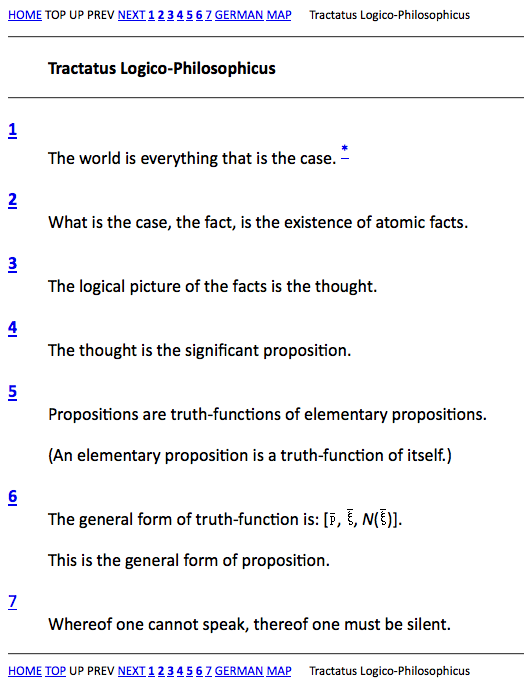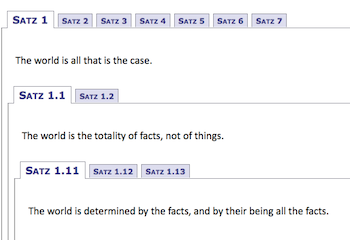Schools are in the middle of a transitional process. The future of literacy has already begun. Globish is replacing English as a lingua franca and Moore’s Law is not only an indicator for the long-term trend in the number of transistors that can be placed on an integrated circuit but also for the speed of change coming with technological progress. Are teachers, parents, students and policy makers keeping up with the times? Is there anything like change management for schools as learning organizations?
Dr Patricia Fioriello, an educator and administrator from San Francisco, recently published an e-book on new literacy proposing thoughtful ideas and suggestions for “the piece that is missing” in the transition from the current school curriculum to a world wide web based literacy approach. Her book is clearly written, insightful and fun to read illustrating the issue with a lot of good examples and historical background. Teachers, parents, policy makers and students alike may find it interesting.

What does it mean to be a literate person today? According to Patricia Fioriello “Literacy needs to be thought of as the sum total of the skills that a student will need to have proficiency in so that they can become successful college students and workers.”
Chapter 1 of “Teaching Literacy: Keeping Up with the Times” is setting the stage with a historical overview on literacy, stating that “teachers today are using most of the same methods that have been used for the last half of the twentieth century with little upgrade.” This is sad but true and one of the reasons why I really suggest the reading of Patricia Fioriello’s book.
Chapter 2 about “Online Reading Comprehension and Writing” assembles plenty of good ideas to consider when it comes to reading and writing on the internet: technical vocabulary (www), shorthand (LOL), search engines use (limiting results) and navigation issues (hyperlinks). She also critically assesses the virtues and challenges of auto-correction tools in many word processor programs.
Chapter 3 on “Language and Communication” advocates the advantages of cultural diversity and multilingual learning environments when preparing students for a globalized world. The chapter deals not only with idiomatic expressions, translations or the ambiguity of written language but also with the ability to read logos and fonts. Just think of Captcha and the question “Are you human?”.
Chapter 4 deals with the “Paperless World” it and puts it clearly: Although many people are predicting a move towards a paperless world, the truth is quite the contrary: because of printers, fax machines and photocopiers “we are using more paper now than we have ever used before.” Nevertheless Patricia Fiorellio argues that this may be due to a time lag between the appearance of new technologies and the disappearance of older ones. Just think about the big shifts that new recording techniques and later MP3 brought to the way we listen to music. That is why schools today need to prepare students for a paperless future, including the use of digital textbooks, online testing and a changing approach to professional development of teachers.
Chapter 5 on “Different Cultures and Customs: A Global Audience” continues the argument of chapter 3 on language and communication, discussing Globish vs English and the ability of American readers to contribute to the global dialogue. Online readers and writers have to consider their audience, both locally and globally.
Chapter 6 is a follow up of Chapter 4 and discusses in depth the advantages and challenges of “Online Assessments” for students, teachers, parents and policy makers.
Finally, chapter 7 makes suggestions on “The Next Steps” not ignoring that money matters have to be considered. It is about funding and managing the transition process and on how to include the school community.
In my opinion Patricia Fiorellio’s book is an outstanding example for change management at schools!
You can download it at www.drpfconsults.com/Literacy






